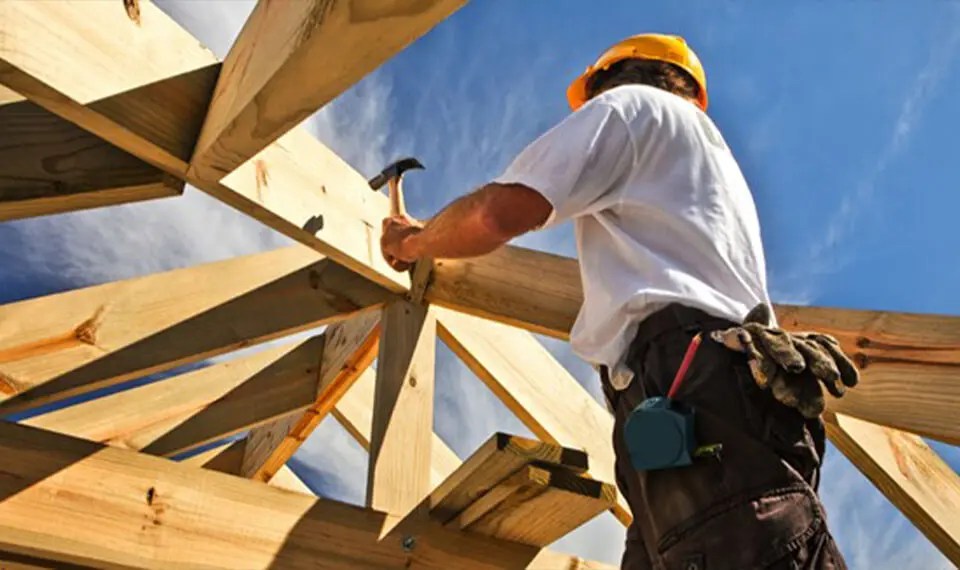Injury, long-term damage, illnesses, and mental health issues are some outcomes that construction site manager or employers need to prevent. This article’s been written to advise how best to prevent accidents and deaths in construction from happening. Working on a construction site will mean you will be working with or alongside of large operational equipment. Because of the nature of the work, construction is one of the most dangerous professions. The dangers in construction are heavily dependent on the type of construction work that is being carried out. For example, working with asbestos presents entirely different hazards to working at heights. OSHA requires employers to perform regular inspections of jobsites, equipment, and materials to ensure the safety of workers.
Construction hazards
Working at great heights is the most common cause of fatal injuries to construction workers. According to the OSHA, 47% of worker fatalities a due to falling from heights. That is why there are training programs. They are there as a means to prevent a fall. The following safety measures should be taken:
- Avoid the need to work at heights when practical
- Minimize the consequences of a fall by providing a safety net
- Wear the required P.P.E. suck as a safety harness
OSHA reports that 12% of incidents on site are due to being struck by a moving vehicle or object. A construction site is an ever-changing environment, with many objects moving around, often on uneven terrain. Delivery vehicles, heavy plant machinery and overhead lifting equipment pose a hazard to site workers and operators. Sites should always be planned to manage plant and pedestrian interface where physical barriers and suitable segregation is in place.
- Never stand behind large operating plant machinery and never stand under suspended loads
- Avoid working close to moving objects and be careful of their surroundings
- Always wear P.P.E.
Slips, trips, and falls can happen in almost any environment, and, in construction, there are slightly fewer incidents of these kinds of injuries than in other industries. As construction sites often have uneven terrain and the typography is forever changing, it is unsurprising that slips, trips, and falls are a common hazard.
OSHA reports that several thousand construction workers are injured every year following a slip or trip. Most of these could be avoided by effectively managing working areas and access routes, such as excavations and footpaths.
- Ensure that all operatives are provided with obstruction-free access to their job site
- Where surfaces are slippery with mud, they should be treated with stone
- Slick icy surfaces should be treated with grit
- All slippery areas should be posted with signs
Working around loud, excessive and repetitive noise can cause long term hearing problems, such as deafness. Noise can also be a dangerous distraction and may distract the worker from the task at hand, which can cause accidents.
A comprehensive noise risk assessment should be carried out where the risk assessment has highlighted a noise hazard with the works to be undertaken.
What’s next
Be prepared for your work environment with P.P.E. and be aware of the hazards around you. Don’t forget that Partner Rentals has your back on aerial lift and forklift training to remain compliant and safe. If you need to book equipment for your next project, call 877-740-RENT (7368) today to book with Partner Rentals.
Keywords: OSHA, Construction safety, Training, Personal Protective Equipment, PPE, P.P.E., slips trips and falls, safe work environment

